Wait, Ants Can Do That?
You’ve heard about ants’ superhuman—er—superant strength. But that’s just the beginning.
Human, meet ant.
You think ants’ ability to carry 5,000 times their body weight is impressive? Just wait. From engineering to self-cooling, our six-legged friends have some enviable skills.

Fire ants can build tall, Eiffel Tower-like columns using their own bodies. They just need to find a stem or twig to brace themselves against, and the ants take it from there. Think of it as a cheerleader-style ant pyramid.
The sinking towers are constantly melting and being built up again using the ants’ bodies. Each ant is a couple millimeters long, but the towers are several inches tall. That means the lil’ buddies are building the equivalent of a 30-story building.
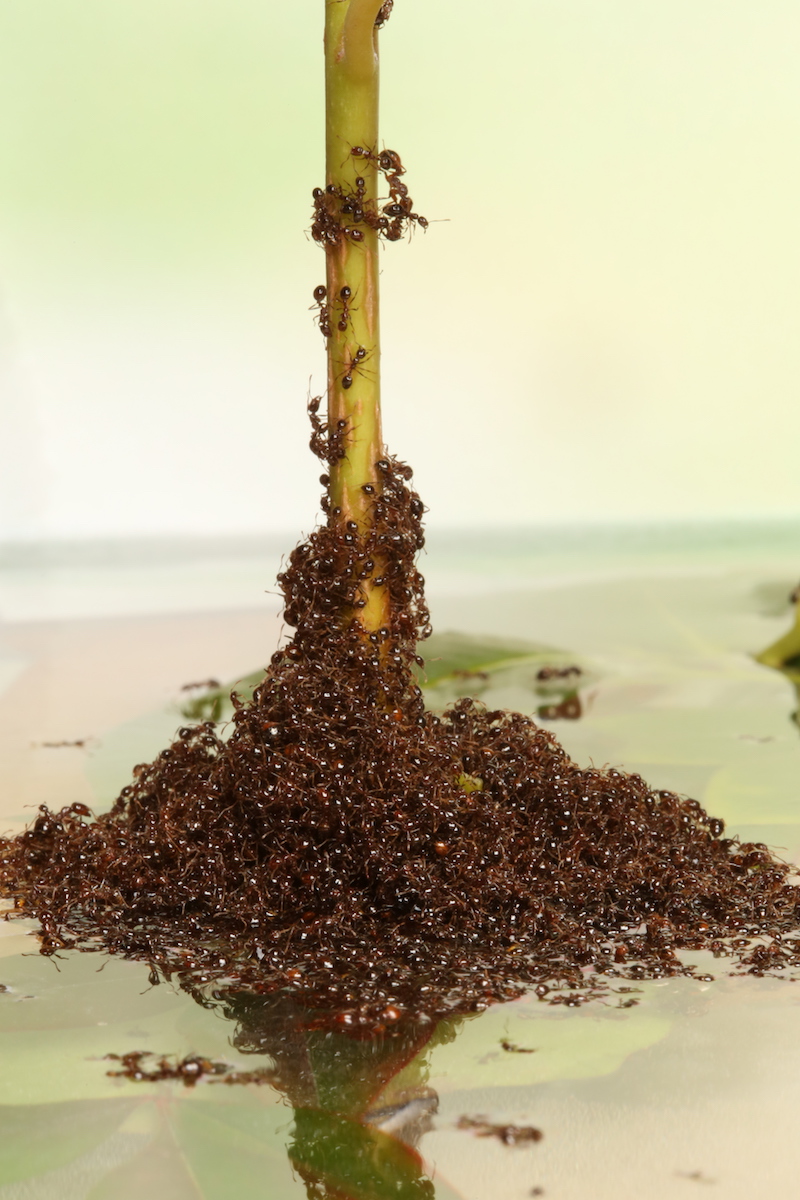
But they’re not building these towers for fun. They only make them in cases of emergency, like when they’re trying to escape some sort of container. These ants are from Brazil, where their underground homes get flooded during the rainy season. They form pancake-like rafts, then grab the vegetation and morph into a permanent structure. They hang out there for a few months. Yep, you read that right. Months.
What do ants have in common with string cheese? When you try to pull them apart, they both form long threads before breaking.
In the case of the string cheese, it’s because it’s a non-Newtonian fluid. That means it has the properties of both a liquid and a solid, resulting in a springy texture. That’s not the case with the ants, but as David Hu, a biology and mechanical engineering professor at Georgia Tech, points out, they look remarkably similar.
Bet you’ll never think of string cheese the same again.
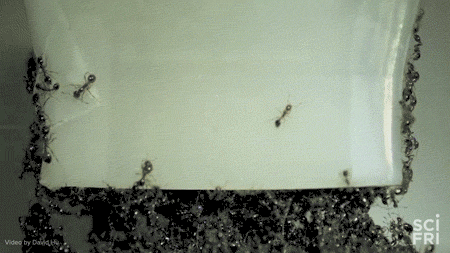
Why go around a gap when you can build a bridge over it?
When ants arrive in front of gaps—say, between your kitchen table and countertop—they naturally slow down, and the ants behind them pile up. But instead of a traffic jam on the freeway, our six-legged friends walk over other ants. Repeat that over and over, and you get a bridge.
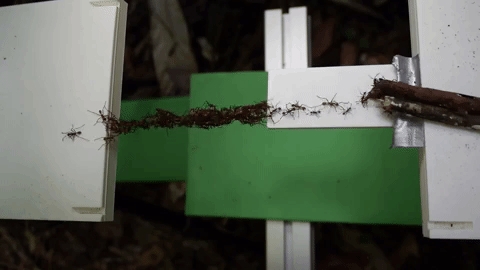
How did ants get so good at engineering? These army ants are from South America, where the rainforest floor is messy and full of obstacles. So, they’ve developed a knack for building these kinds of structures that make for easier traffic flow, and they do it all using only pheromones and touch to make communal decisions. Smooth scampering ahead!
These ants never have a bad hair day.
Saharan silver ants sport a spiffy coat of silvery hair that contributes to a five degree drop in body temperature. That makes a big difference in the desert, where sand temperatures range between 149 – 158 degrees Fahrenheit.
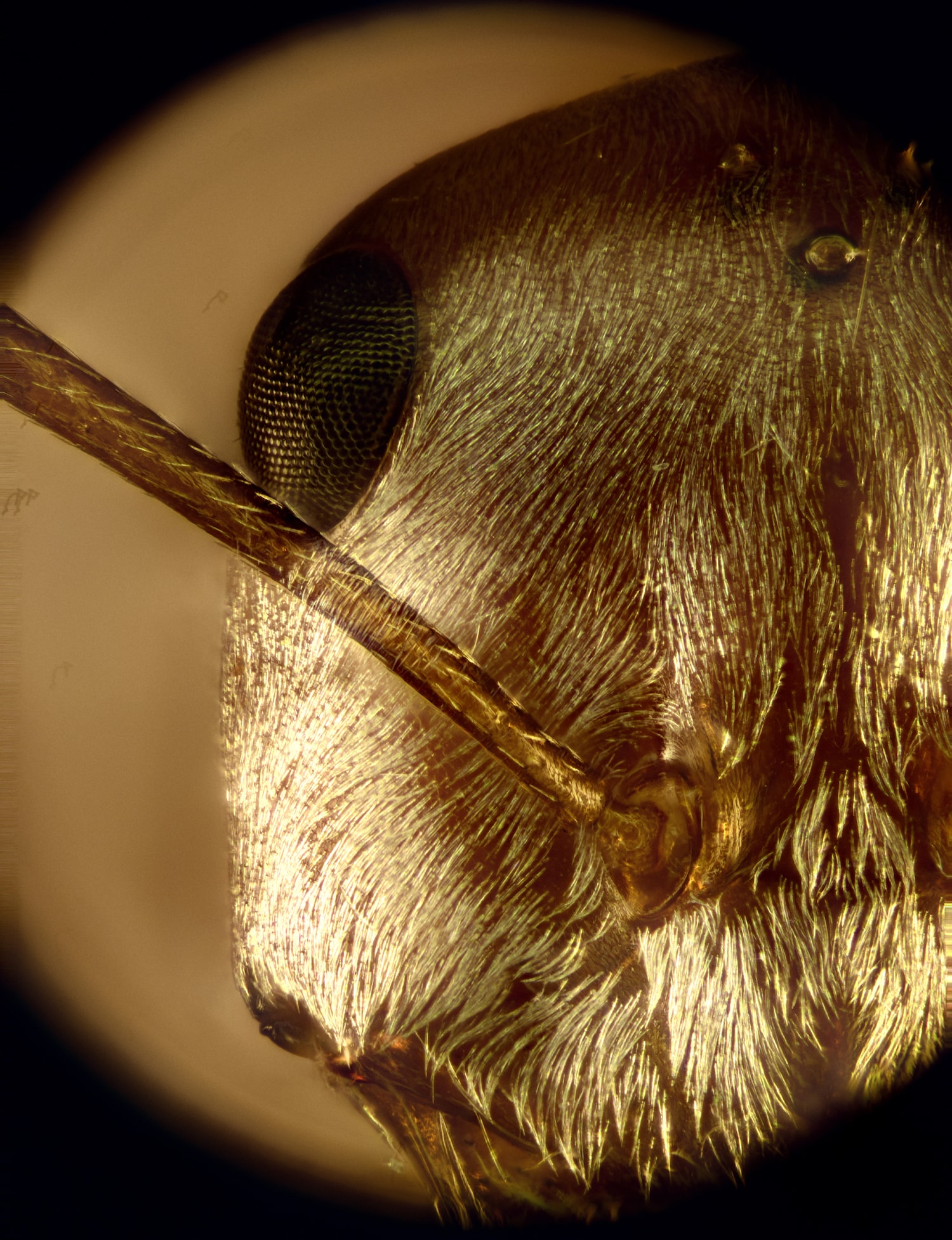
How, you ask? Several ways. The hairs bend out from their roots at 90 degree angles, leaving a gap for air between the ant’s body and the flat side of the follicles. They’re also reflective—our hairy friends reflect 67 percent of incoming light in the near-infrared and visible spectrum. Plus, the structure of the hair itself traps incoming light and scatters it outward.
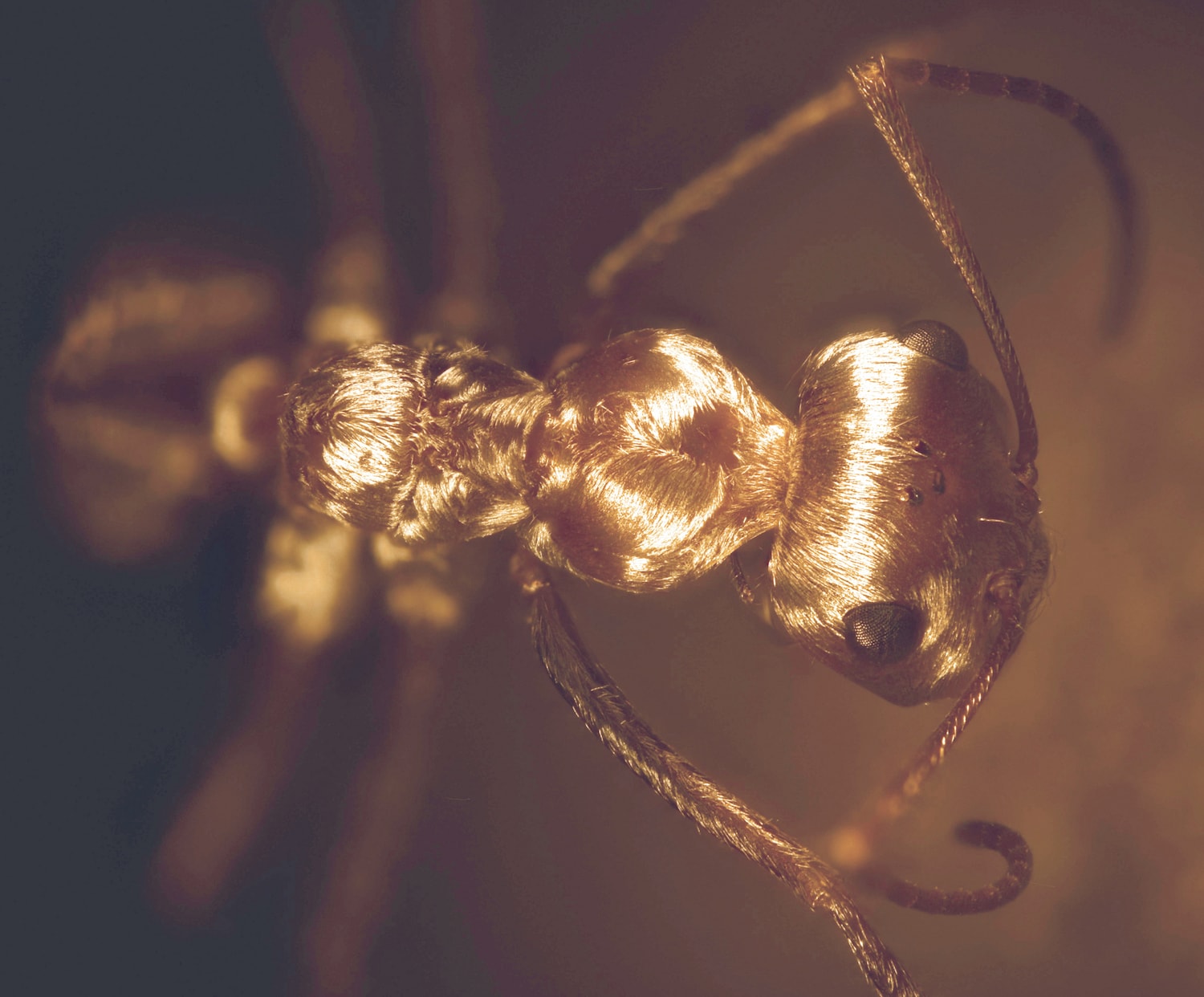
The longhorn crazy ant (yes, that’s it’s real name) moves like its namesake — it walks in erratic patterns. Still, the ants work together to haul big loads. If you’ve ever carried a couch with someone before, you know that joint steering is no simple feat. But when these ants carry an object, they conform to each others’ movements, taming the craziness right out of their walk. The catch? They often won’t be moving in the right direction (towards the nest).
Credit: SciNews
After a while, the mass observes and begins to follow an individual ant who does know the direction back. In time, though, that ant falls in step with the conformists. But soon enough, another “leader” ant steps in and takes the reins. Repeat that process, and the longhorn ants soon find their way back to nest sweet nest.
Johanna Mayer is a podcast producer and hosted Science Diction from Science Friday. When she’s not working, she’s probably baking a fruit pie. Cherry’s her specialty, but she whips up a mean rhubarb streusel as well.